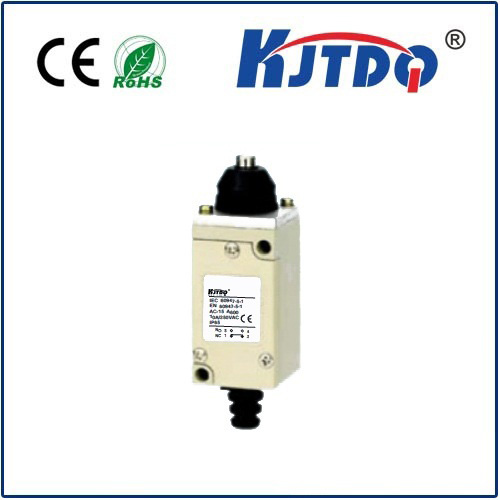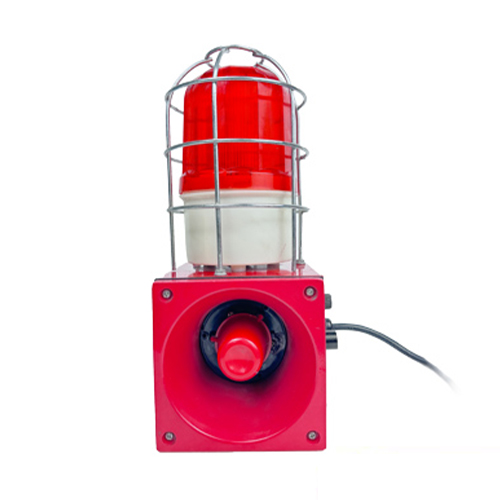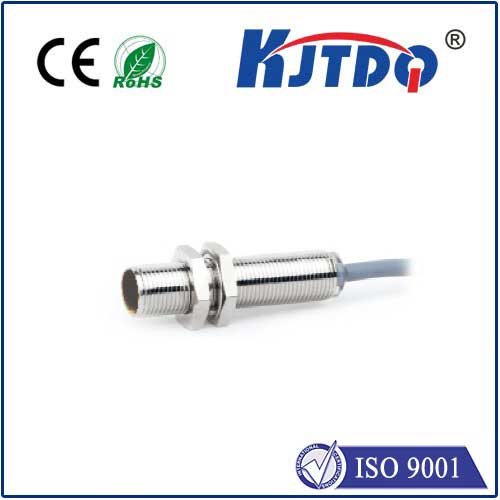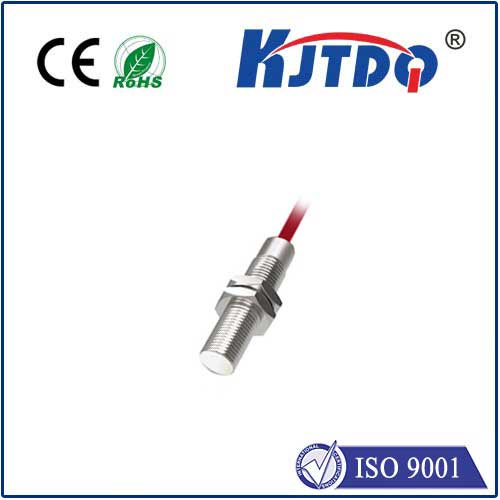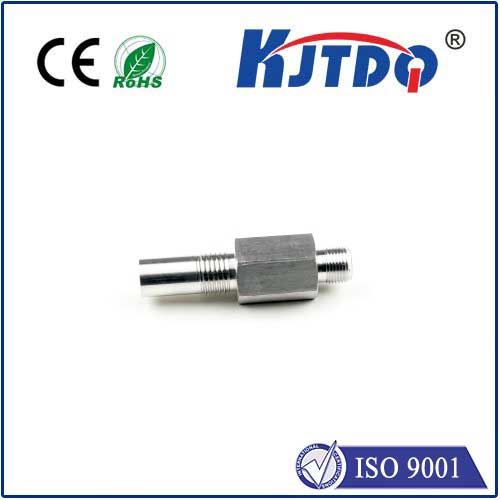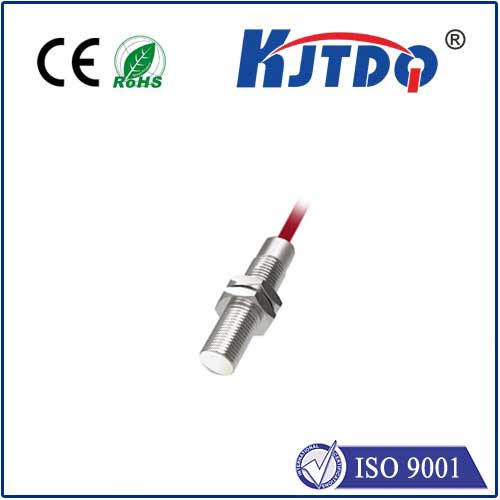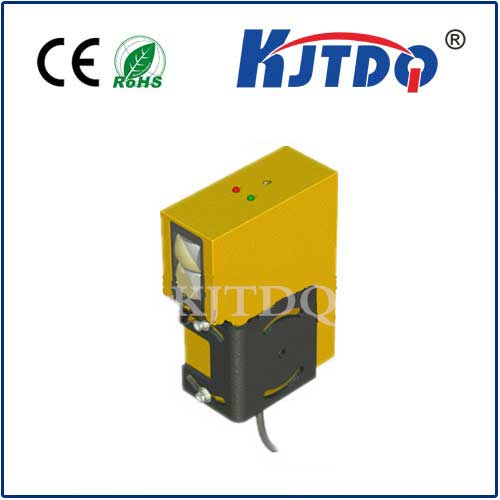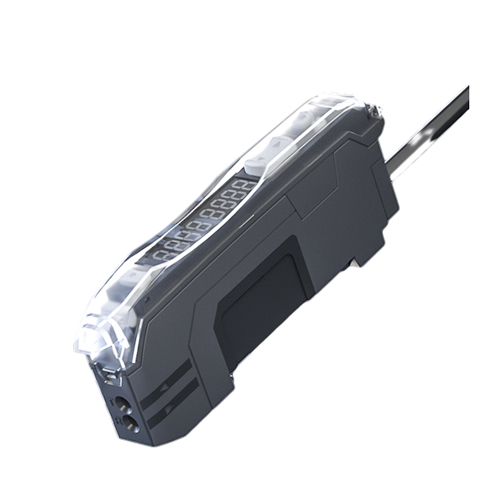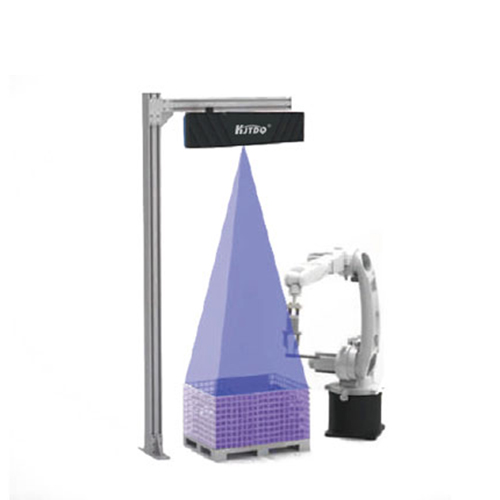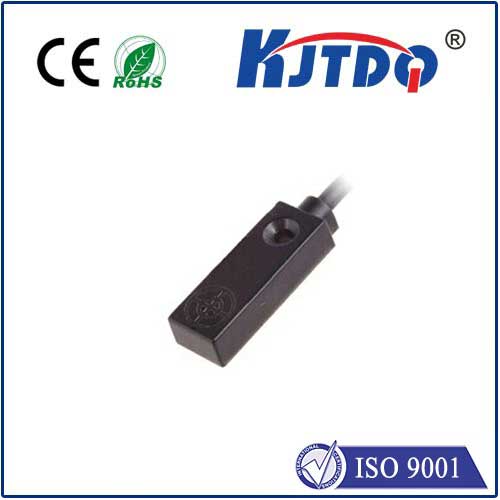

check

check

check

check

check

check

check

check

check

check
Title: Unleashing the Power of 2D Laser Displacement Sensors for Enhanced Industrial Applications
Introduction
The rapid advancements in technology have revolutionized various industries, particularly in the field of manufacturing and automation. One such innovation is the development of 2D laser displacement sensors, which have become increasingly popular due to their high precision, reliability, and flexibility. In this article, we will explore the key benefits of 2D laser displacement sensors and their applications in industrial settings.
Understanding 2D Laser Displacement Sensors
A 2D laser displacement sensor is a type of optical sensor that utilizes a laser beam to measure the distance between two points on a surface or object. The sensor works by emitting a continuous stream of laser pulses and capturing the time it takes for the light to bounce back after hitting the surface. By analyzing the speed of light, the sensor can determine the distance between the laser and the object, providing accurate measurements of both vertical and horizontal displacement.
Key Benefits of 2D Laser Displacement Sensors

1. High Precision: 2D laser displacement sensors offer unparalleled precision compared to traditional methods such as encoders and photoelectric detectors. This enables them to detect even the smallest changes or variations in surface geometry, making them ideal for applications where high accuracy is critical, such as in assembly line processes or quality control measures.
2. Versatility: 2D laser displacement sensors can be used on a wide range of materials, including metals, plastics, and ceramics. They are also compatible with different surfaces, including smooth, curved, and uneven ones, ensuring flexibility in adapting to various industrial environments.
3. Easy Integration: 2D laser displacement sensors are easy to install and integrate into existing systems, making them a cost-effective solution for upgrading existing equipment or implementing new processes. They can also be integrated with other sensors and control systems, providing a seamless and efficient workflow.
4. Real-time Monitoring: With 2D laser displacement sensors, manufacturers can monitor their production process in real-time, allowing for quick identification and correction of any issues or inconsistencies. This helps to minimize downtime, improve efficiency, and reduce waste.
5. Cost-effective: Compared to other types of sensors and measuring devices, 2D laser displacement sensors are relatively inexpensive and require minimal maintenance. This results in lower operational costs and increased savings over time.
Industrial Applications of 2D Laser Displacement Sensors
1. Assembly Line Processes: 2D laser displacement sensors are essential for monitoring and controlling the position and movement of components during assembly lines. They ensure accurate measurement of part dimensions, enabling precise alignment and positioning of parts on the assembly line. This improves efficiency, reduces errors, and enhances product quality.
2. Quality Control Measures: 2D laser displacement sensors are widely used in quality control procedures to measure dimensional consistency and surface finish of products before they leave the manufacturing facility. This helps to identify defects early in the production process and minimize rework, improving product reliability and customer satisfaction.
3. Material Handling Systems: 2D laser displacement sensors are crucial for maintaining optimal load levels and preventing accidents during material handling operations. They provide real-time feedback on the position and orientation of cargo, allowing operators to make informed decisions about load adjustments and safe navigation around the system.
Conclusion
The development of 2D laser displacement sensors has transformed the industrial landscape by offering unparalleled precision, versatility, and cost-effectiveness compared to traditional measurement techniques. As manufacturers continue to adopt this technology, we can expect to see even more innovative applications emerge across various industries, further enhancing productivity, efficiency, and quality in the manufacturing process.
